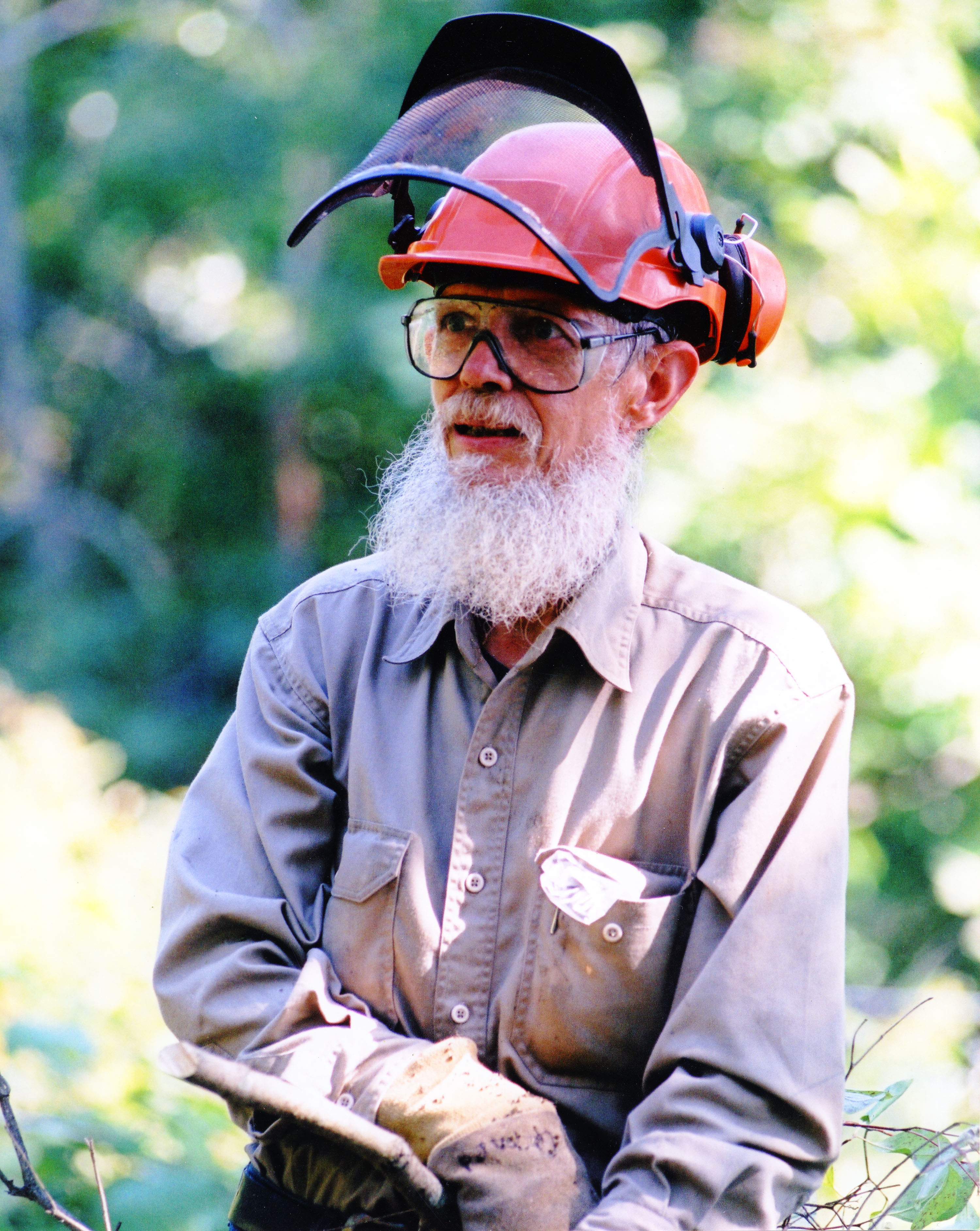
Richard Sanders (Sandy) Rhodes II
1947-2005

Richard Sanders (Sandy) Rhodes II was born on March 1, 1947 in Pittsburgh, Pennsylvania to Richard and Eudoxia Rhodes, however he spent most of his childhood in Springfield, Missouri being raised by his grandmother Stella Sanders Rhodes. After her death he lived with his aunt Warrena L. Rhodes in Grosse Pointe, Michigan. Upon completing his primary education, Rhodes enrolled at the University of Michigan-Ann Arbor and completed his Bachelor of Science in geology in 1969. After graduation Rhodes worked for the Department of Geology and Mineralogy as an assistant in research until 1972, when Rhodes moved to Iowa City and enrolled in the geoscience graduate program at the University of Iowa. In 1982, Rhodes received his Ph.D. and the title of his dissertation was "Mammalian paleoecology of the Farmdalian Craigmile and the Woodfordian Waubonsie local faunas, southwestern Iowa." While researching in the Loess Hills of Iowa, Rhodes uncovered the remains of the extinct species Dasypus bellus, known as the beautiful armadillo, the discovery of which greatly extended the species' known range.
After receiving his doctorate, Rhodes remained at the University of Iowa as an Adjunct Professor in Geoscience until 2003, during which he published several papers, files, and mentored several graduate students.
Professionally Rhodes was a member of the Society of Vertebrate Paleontology, Plains Anthropological Society, Iowa Academy of Science, Geological Society of America, American Quaternary Association, American Society of Mammalogists, American Association for the Advancement of Science, and the American Association for Zoological Nomenclature. He was also a fellow of the Geological Association of Canada and active in the honor societies Sigma Gamma Epsilon and Sigma Xi.
Rhodes was well known in his efforts to protect the natural habitats of southeastern Iowa. In 1996, he was instrumental in recognizing a unique plant community in Iowa which is recognized as globally threatened by the Nature Conservatory. The area is now protected through the Swamp White Oak Preserve. In addition to the preserve, Rhodes spent a significant amount of time on a personal prairie restoration project which spanned 640-acres known as Indiangrass Hills. Before his death, Rhodes donated Indiangrass Hills to the Iowa Department of Natural Resources and the Iowa Natural Heritage Foundation. Rhodes was also involved in the protection of ornate box turtles in Iowa and identified several populations.
For his efforts preserving and protecting the natural habitats of Iowa, Rhodes received the Conservation Award from the Johnson County Heritage Trust, Environmental Award from the Environmental Advocates of Iowa City, Outstanding Volunteer Award from the Iowa chapter of the Nature Conservancy, and the Iowa River Month Special Recognition Award.
Sandy Rhodes died on November 28, 2005 in Iowa City.
For more information on the Indiangrass Hills restoration project and how to donate or volunteer follow the below link:
http://www.indiangrasshills.org/igh.php
Similarly, information on the Swamp White Oak Preserve may be found:
http://www.nature.org/wherewework/northamerica/states/iowa/preserves/art2239.html